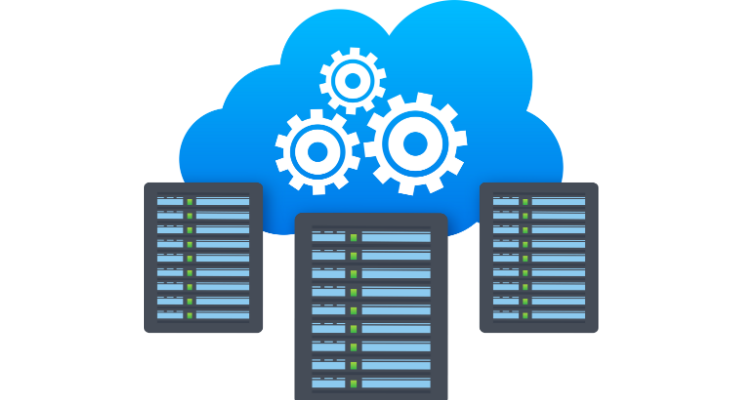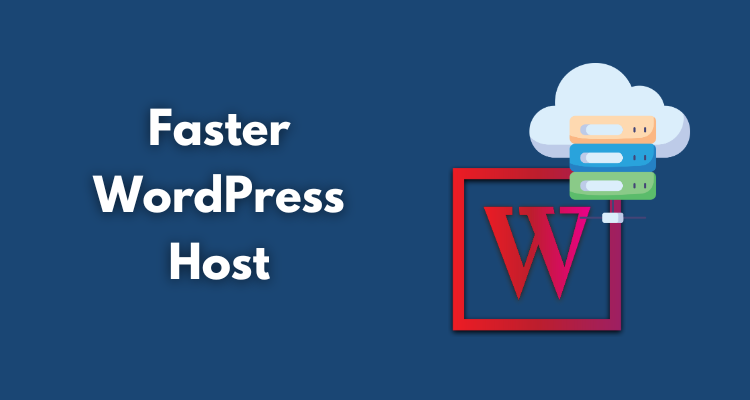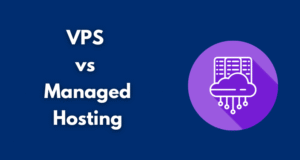Many website owners struggle with slow loading times, leading to lost visitors and missed opportunities. A speedy WordPress host can significantly improve user experience, boost search rankings, and increase engagement. This article outlines steps to switch to a faster host, ensuring a more efficient website.
The process may seem challenging, but with the right guidance, it becomes manageable. Choosing quality WordPress hosting can significantly improve your site’s performance, whether you run a small business site or manage multiple client projects. Here’s how to make the transition smoothly.
Table of Contents
ToggleEvaluate Current Hosting Performance
Begin by assessing the current hosting service. Run an online speed test to quickly see how fast pages load and how well your site performs. Check server response times and uptime reliability. I
f the site frequently experiences downtime or delays, it’s time to consider alternatives. These metrics offer a clear view of what’s not working, allowing you to set specific goals for improvement.
Understanding current performance benchmarks helps identify exactly what needs to change. Before switching anything, document these baseline measurements so you can compare results after migration.
Research Various Hosting Candidates

Compare several hosting companies to pick the right one. Prioritize providers known for their rapid data transfer, consistent customer support, and scalable infrastructure for future growth. Reading reviews and seeking recommendations gives invaluable information about real-world performance and user satisfaction.
Compare pricing plans and features to ensure the chosen provider meets both budget and technical requirements.
Pay attention to renewal rates, as introductory prices often increase significantly after the first term. Taking time to thoroughly research options helps you select a solution that aligns perfectly with your needs and expectations.
Look for Key Features
Focus on essential features when selecting a new host. Prioritize solid-state drives (SSDs), content delivery networks (CDNs), and advanced caching systems. These components accelerate page loading and improve overall performance dramatically.
Also, look for hosts that offer automatic updates and regular backups, keeping your site secure and convenient to manage. According to research from Google, even a one-second delay in page load time can reduce conversions by 7%.
Features like staging environments and one-click SSL installation add extra value for serious website owners. Prioritizing these elements leads to a smoother and more pleasant browsing experience for visitors.
Plan the Transition
A well-thought-out transition plan minimizes disruptions during the switch. Begin by backing up all website data, ensuring nothing is lost during the process. Communicate with the new host about migration services they may offer, as many providers include free migration assistance.
Often, hosts can transfer files, databases, and settings with minimal involvement from you. Schedule the migration during off-peak hours to reduce impact on visitors and avoid peak traffic times.
Create a detailed checklist of all tasks, including DNS changes, email configuration, and plugin compatibility testing. Careful planning results in a seamless shift to the new service with minimal downtime.
Backup and Test
Before migrating, create a complete backup of the website, including all files, databases, and configuration settings. Testing the backup ensures all data is intact and accessible when needed. This creates a safety net, so if any issues arise later, you can restore everything to its original state quickly.
Use reliable backup plugins or your current host’s backup tools to create multiple copies stored in different locations. Regularly backing up your data prevents catastrophic losses and provides peace of mind.
Verify that your backup includes the WordPress core files, themes, plugins, media library, and database exports.
Transfer the Website
Initiate the transfer by importing the website to the new host. Follow the provider’s instructions carefully, utilizing any migration tools or services they offer. Pay close attention to domain name settings and email configuration details, as these require precise setup.
Complete alignment with the new system’s operational parameters is vital for the system’s full functionality across all features. Check all aspects of the site after the transfer to confirm everything works correctly.
Test forms, checkout processes, user logins, and any custom functionality specific to your site. Proper execution of this step guarantees a smooth transition without losing important features.
Test the New Setup
Once transferred, thoroughly test the website on the new host. Check page loading speeds, server response times, and overall performance metrics. Ensure all features work correctly and that the site displays properly on various devices and browsers.
Test navigation menus, internal links, image loading, and any interactive elements. Address any issues immediately to maintain a positive user experience and prevent visitors from encountering problems.
Close monitoring during this phase helps catch problems early and resolve them before they affect real users. Run the same speed tests you performed initially to measure actual improvements.
Inform Visitors
Communicate the change to your audience by informing them of the improvements made. Let visitors know about the benefits of faster website performance through email newsletters or social media updates.
Explain how quicker loading times enhance their browsing experience and make finding information easier. Highlight improvements like faster checkout processes, smoother video playback, or better mobile performance.
Transparency builds trust, as audiences appreciate knowing these changes benefit them. Consistent communication fosters stronger relationships with your audience and demonstrates your commitment to providing the best possible experience.
Monitor Performance
After the switch, regularly monitor performance to ensure consistent quality. Utilize tools to track loading times, server response, and user behavior patterns. Address any technical issues promptly to prevent negative impacts on user experience and search rankings.
Continuous monitoring keeps the site competitive and performing at its best. Set up automated alerts for downtime or performance degradation so you can respond quickly.
Staying vigilant helps maximize all the benefits from your faster host, leading to sustained improvements in traffic, engagement, and conversions over time.
Conclusion
Migrating to a more efficient WordPress hosting solution demonstrably improves website performance, fostering greater user retention and overall satisfaction. The transition becomes much more manageable when you assess current performance, research new options, and carefully plan the migration process.
Regular monitoring and clear communication with visitors truly enhance their experience on your site. Following these steps transforms your site into a faster, more inviting destination for visitors.
Embracing this change often leads to significant growth and meaningful improvements in your online presence.









